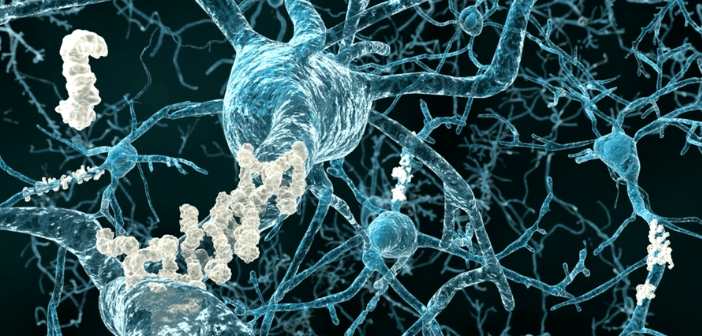Update on biomarkers for amyloid pathology in Alzheimer’s disease

At the center of Alzheimer's disease (AD) pathogenesis is the aberrant aggregation of amyloid-β (Aβ) into oligomers, fibrils and plaques. Effective monitoring of Aβ deposition directly in patients is essential to assist anti-Aβ therapeutics in target engagement and participant selection. In the advent of approved anti-Aβ therapeutics, biomarkers will become of fundamental importance in initiating treatments having disease modifying effects at the earliest stage. Two well-established Aβ biomarkers are widely utilized: Aβ-binding ligands for positron emission tomography and immunoassays to measure Aβ42 in cerebrospinal fluid. In this review, we will discuss the current clinical, diagnostic and research state of biomarkers...





